When night falls, and the vastness of the cosmos reveals itself, there’s nothing quite like the humbling experience of gazing upward at a sky filled with countless stars. Unfortunately, light pollution has robbed many of us of this fundamental connection to the universe, with artificial illumination washing out all but the brightest celestial objects. The good news is that numerous destinations around the world have preserved their dark skies, allowing visitors to witness the night sky in its full glory—much as our ancestors did for thousands of years. For those willing to venture beyond city lights, a universe awaits.
Here is a list of 14 remarkable destinations where stargazing enthusiasts can experience the magic of truly dark skies.
Natural Bridges National Monument, Utah

Natural Bridges earned the distinction of becoming the world’s first International Dark Sky Park, setting a standard for night sky preservation that others have followed. The remote location in southeastern Utah creates exceptional darkness, with the dramatic stone bridges serving as perfect foreground elements for astrophotography.
The monument’s elevation of 6,500 feet places visitors above much of the atmosphere’s distortion, resulting in exceptionally crisp star visibility. Rangers offer regular night sky programs during summer months, helping visitors identify constellations, planets, and deep-sky objects visible to the unaided eye against the stunning backdrop of the Milky Way arching overhead
Mauna Kea, Hawaii
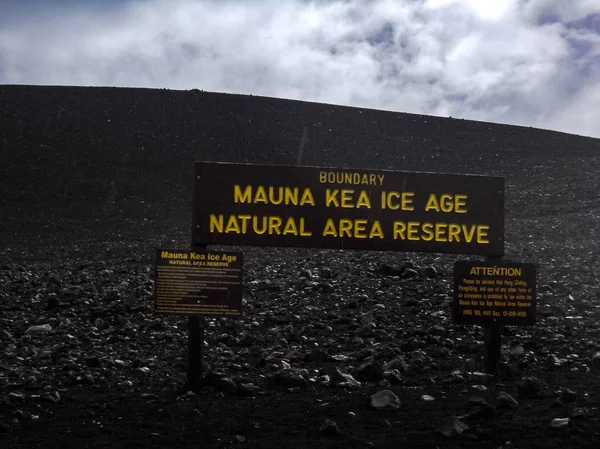
Rising 13,803 feet above the Pacific Ocean, Mauna Kea offers what many astronomers consider the finest stargazing conditions on Earth. The combination of high altitude, minimal light pollution, and exceptionally stable, dry air creates viewing conditions so ideal that the mountain hosts thirteen professional observatories.
Visitors can experience these same conditions at the Visitor Information Station located at 9,200 feet, where free nightly stargazing programs include telescope viewing and educational presentations. The mountain holds profound cultural significance for Native Hawaiians, adding another dimension to the experience as visitors learn about both modern astronomy and ancient celestial navigation traditions that guided Polynesian voyagers across thousands of miles of open ocean.
Like Travel Pug’s content? Follow us on MSN.
NamibRand Nature Reserve, Namibia
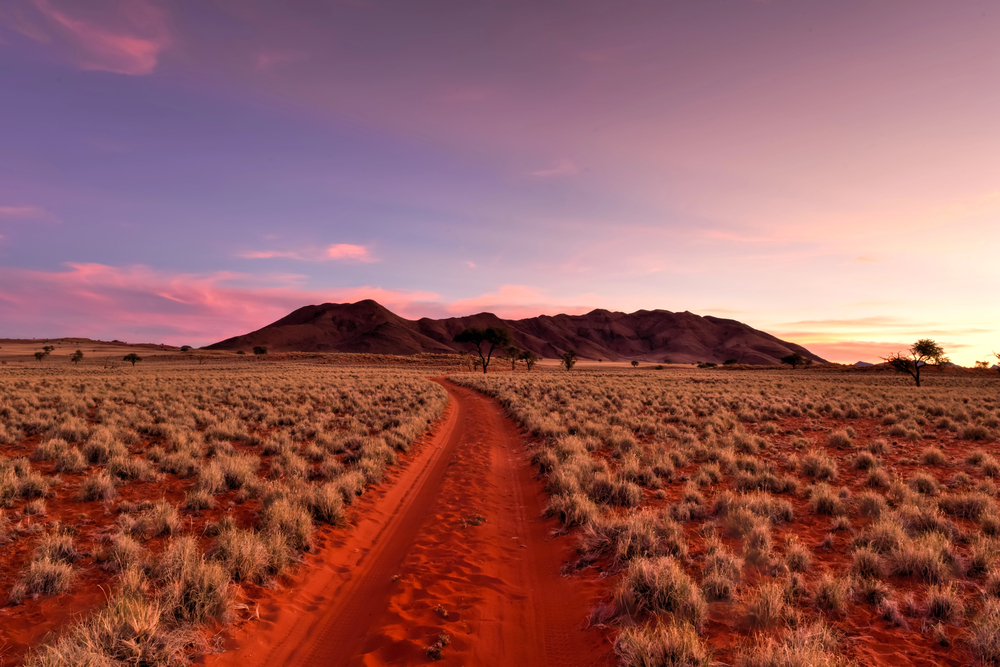
This private nature reserve in southwestern Namibia became Africa’s first International Dark Sky Reserve, protecting not just wildlife but also the pristine night skies above the desert landscape. The reserve’s remote location and arid climate combine to create exceptional stargazing conditions year-round.
Several lodges within the reserve offer specialized astronomy experiences, with dedicated observatories and resident astronomers to guide guests through the southern celestial hemisphere. The stark beauty of the desert landscape during daylight hours transforms into an equally striking backdrop for the night sky, with ancient dunes silhouetted against the star-filled darkness and the brilliant band of the Milky Way appearing close enough to touch.
Aoraki Mackenzie, New Zealand
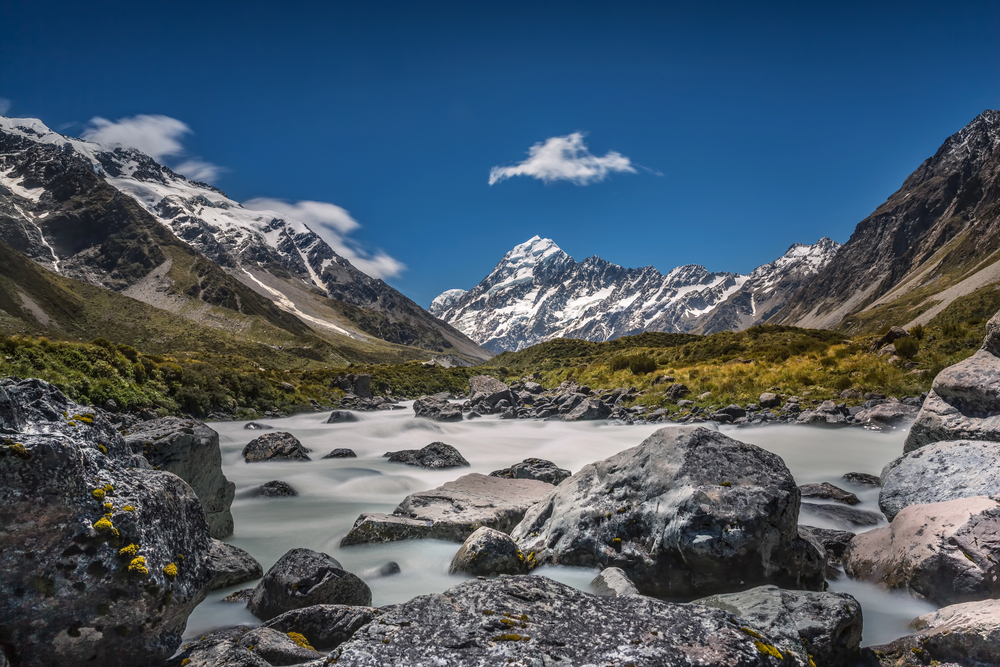
Encompassing 4,300 square kilometers around Lake Tekapo, this International Dark Sky Reserve protects some of the most pristine night skies in the Southern Hemisphere. New Zealand’s commitment to dark sky preservation includes strict lighting ordinances throughout the region, ensuring minimal light pollution. The University of Canterbury operates the Mount John Observatory within the reserve, offering nightly stargazing tours that introduce visitors to the unique celestial features of the southern sky, including the Magellanic Clouds and the Southern Cross.
During the daytime, the turquoise waters of Lake Tekapo reflect the surrounding mountains, creating one of New Zealand’s most photographed landscapes that becomes just as captivating under starlight.
Cherry Springs State Park, Pennsylvania
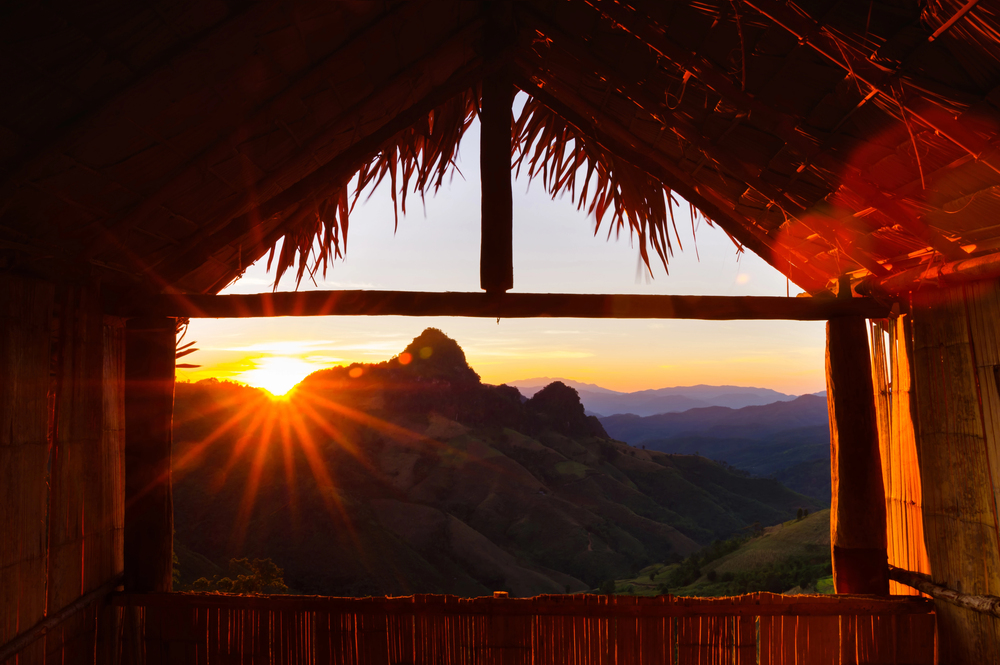
Proving that exceptional stargazing doesn’t require traveling to remote desert locations, Cherry Springs preserves remarkable dark skies just hours from major East Coast cities. Located on a 2,300-foot mountain in the largely undeveloped Pennsylvania Wilds region, the park features a dedicated astronomy observation field equipped with concrete pads for telescopes and limited red lighting that preserves night vision.
On clear nights, the Milky Way casts visible shadows—a phenomenon once common but now exceedingly rare in our illuminated world. The park hosts regular stargazing programs throughout the year, with special events during meteor showers and other astronomical phenomena.
Like Travel Pug’s content? Follow us on MSN.
Atacama Desert, Chile

Astronomers consider the Atacama one of Earth’s premier locations for celestial observation, with its combination of high altitude, minimal atmospheric moisture, and almost complete absence of cloud cover creating ideal conditions. The desert hosts several major international observatories, including the Atacama Large Millimeter Array (ALMA) and the European Southern Observatory.
Visitors can experience these exceptional conditions through tours offered by numerous local operators, with the small town of San Pedro de Atacama serving as the main gateway to stargazing experiences. The otherworldly landscape of salt flats, geysers, and mineral-tinted mountains provides a fittingly dramatic setting for exploring the cosmos.
Pic du Midi, France

Perched at 9,439 feet in the French Pyrenees, the Pic du Midi Observatory has conducted astronomical research since 1878, with its data helping NASA map the moon’s surface in preparation for the Apollo missions. Today, visitors can experience overnight stays at the observatory, combining luxury accommodations with access to the scientific facilities after regular tourists have departed.
The experience includes sunset viewing from the terraces, gourmet dining featuring regional specialties, and guided stargazing with both bare-eye observation and access to telescopes. The combination of scientific heritage, mountain grandeur, and dark sky preservation creates an unparalleled experience for astronomy enthusiasts.
Jasper National Park, Canada

As the second largest Dark Sky Preserve in the world, Jasper protects 11,000 square kilometers of wilderness, including its light-free night skies. The park’s location in the Canadian Rockies means stargazers enjoy the added magic of mountain silhouettes framing the star-filled sky, with occasional northern lights displays adding curtains of color to the celestial show.
Each October, the park hosts a Dark Sky Festival featuring special presentations, nighttime adventures, and photography workshops led by professional astrophotographers. Throughout the year, several locations within the park offer ideal stargazing conditions, with Pyramid Island and Maligne Lake particularly popular for their combination of dark skies and spectacular landscapes.
Like Travel Pug’s content? Follow us on MSN.
Brecon Beacons National Park, Wales
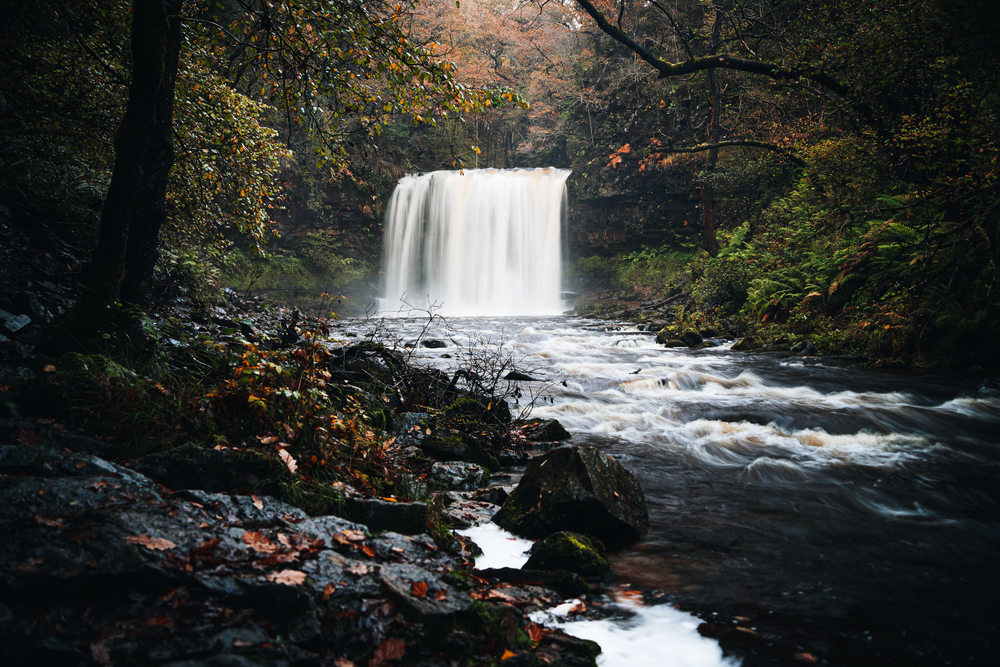
Despite its location in relatively densely populated Western Europe, Brecon Beacons maintains remarkably dark skies across its 520 square miles of protected landscape. The park became an International Dark Sky Reserve in 2013, implementing lighting controls and public education programs to preserve the nighttime environment.
Several locations within the park have been designated as optimal stargazing sites, with information panels helping visitors identify celestial features. Local astronomers often conduct public observing sessions throughout the year, while several accommodations within the park cater specifically to stargazers, with outdoor viewing areas and even telescopes available for guest use.
Big Bend National Park, Texas

Isolated in the Chihuahuan Desert along the Mexican border, Big Bend boasts some of the darkest measured skies in the continental United States. The park’s remoteness—hours from any major city—combined with its desert climate, creates exceptional clarity for observing everything from planets to distant galaxies.
Rangers conduct regular night sky programs at various locations throughout the park, often combining astronomy with discussions of nocturnal wildlife and the importance of darkness for the desert ecosystem. The diverse landscape, ranging from river canyons to desert plains to mountain forest,s provides varied foreground elements for both casual stargazers and serious astrophotographers seeking to capture the Milky Way arching over dramatic terrain.
Tenerife, Canary Islands
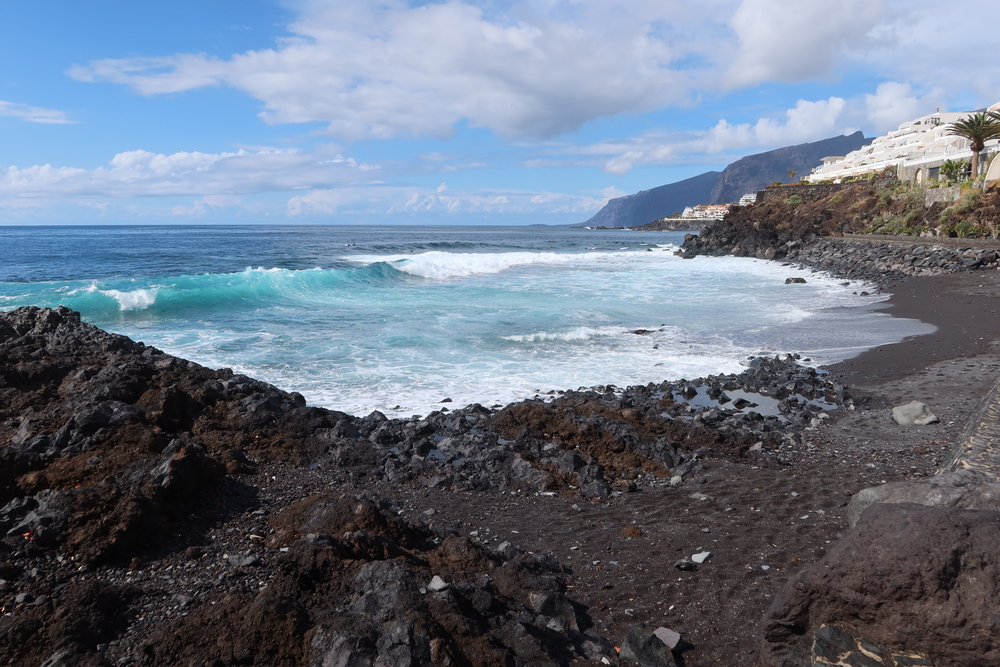
The largest of Spain’s Canary Islands combines volcanic mountain terrain with laws specifically protecting astronomical observation, creating one of the world’s premier stargazing destinations. The island hosts the Teide Observatory, situated at 7,800 feet above sea level, where professional astronomers conduct research using some of Europe’s most advanced equipment.
Visitors can join guided tours of the scientific facilities during the daytime and stargazing experiences after dark, with several companies offering specialized excursions combining sunset visits to Mount Teide with nighttime celestial observation. The clarity of the atmosphere at higher elevations allows exceptional visibility of features like Jupiter’s cloud bands and Saturn’s rings, even through relatively modest telescopes.
Like Travel Pug’s content? Follow us on MSN.
Headlands International Dark Sky Park, Michigan
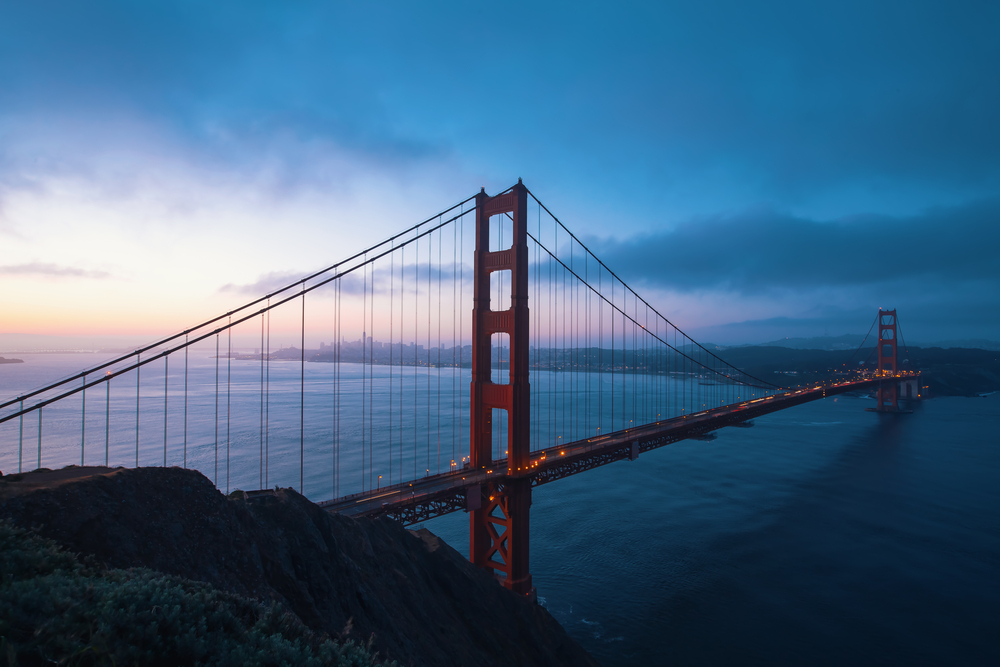
Located along the northern shores of Lake Michigan, Headlands protects over 550 acres of woodlands and more than two miles of undeveloped Lake Michigan shoreline—along with the dark skies above them. The park’s position near the 45th parallel offers excellent viewing of both northern celestial features and objects closer to the celestial equator.
Throughout the year, the park hosts programs focusing on different astronomical phenomena, from meteor showers to eclipses to the northern lights that occasionally dance above the Great Lakes. The combination of dark skies and open shorelines creates excellent conditions for both serious astronomical observation and simple appreciation of the starry night.
Death Valley National Park, California

As the largest International Dark Sky Park in the United States, Death Valley’s 3.4 million acres include vast stretches utterly unaffected by artificial light. The park’s extreme environment—the hottest and driest place in North America—creates exceptional atmospheric clarity, with minimal humidity to distort light from distant stars and galaxies. Various locations throughout the park offer different stargazing experiences, from the salt flats of Badwater Basin to the mountain-ringed Mesquite Flat Sand Dunes.
During winter and spring months, when temperatures become more comfortable, the park offers regular astronomy programs, though many visitors simply find their quiet spot to appreciate some of the darkest skies found anywhere on Earth.
Galloway Forest Park, Scotland
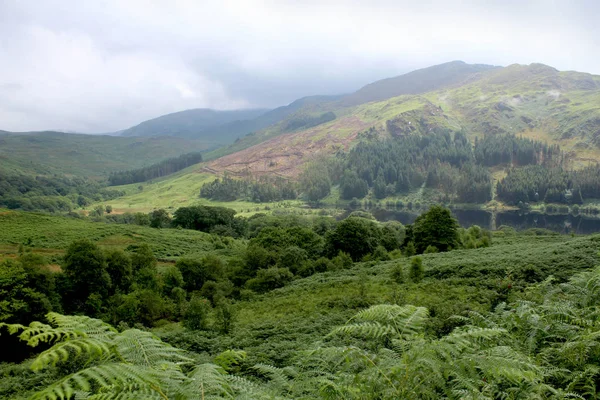
Designated as the UK’s first Dark Sky Park in 2009, Galloway Forest covers 300 square miles of largely uninhabited woodland, creating a remarkably dark area in otherwise densely populated Britain. The park features three dedicated “Dark Sky Discovery Sites” with parking areas and information panels to help visitors navigate the night sky.
The Scottish Dark Sky Observatory, located within the park, houses two main telescopes available for public use during scheduled events and private bookings. Perhaps most appealing for many visitors is the chance to combine stargazing with other wilderness experiences, from wildlife watching to mountain biking through ancient forests that feel far removed from modern illumination.
Like Travel Pug’s content? Follow us on MSN.
Renewing Our Cosmic Connection

These destinations offer more than just great views of stars—they provide increasingly rare opportunities to experience a fundamental human connection with the cosmos that shaped our ancestors’ understanding of time, seasons, and our place in the universe. As artificial lighting continues to expand globally, these protected dark places gain importance not just for professional astronomy but for maintaining our cultural and personal relationships with the night sky.
The growing dark sky tourism movement encourages sustainable economic development around these natural resources, while building public support for lighting policies that preserve our ability to wonder at the universe above.
More from Travel Pug

- Cities Growing so Fast You Won’t Recognize Them in 10 Years
- 13 Destinations Where Tourists Regularly Regret Their Trip
- 16 U.S. Cities That Are Quietly Becoming Travel Hotspots
- Where to Travel If You Love Long Bus Rides and Daydreams
- 20 Cities Perfect for Solo Travelers Who Crave Adventure & Culture
Like Travel Pug’s content? Follow us on MSN.
